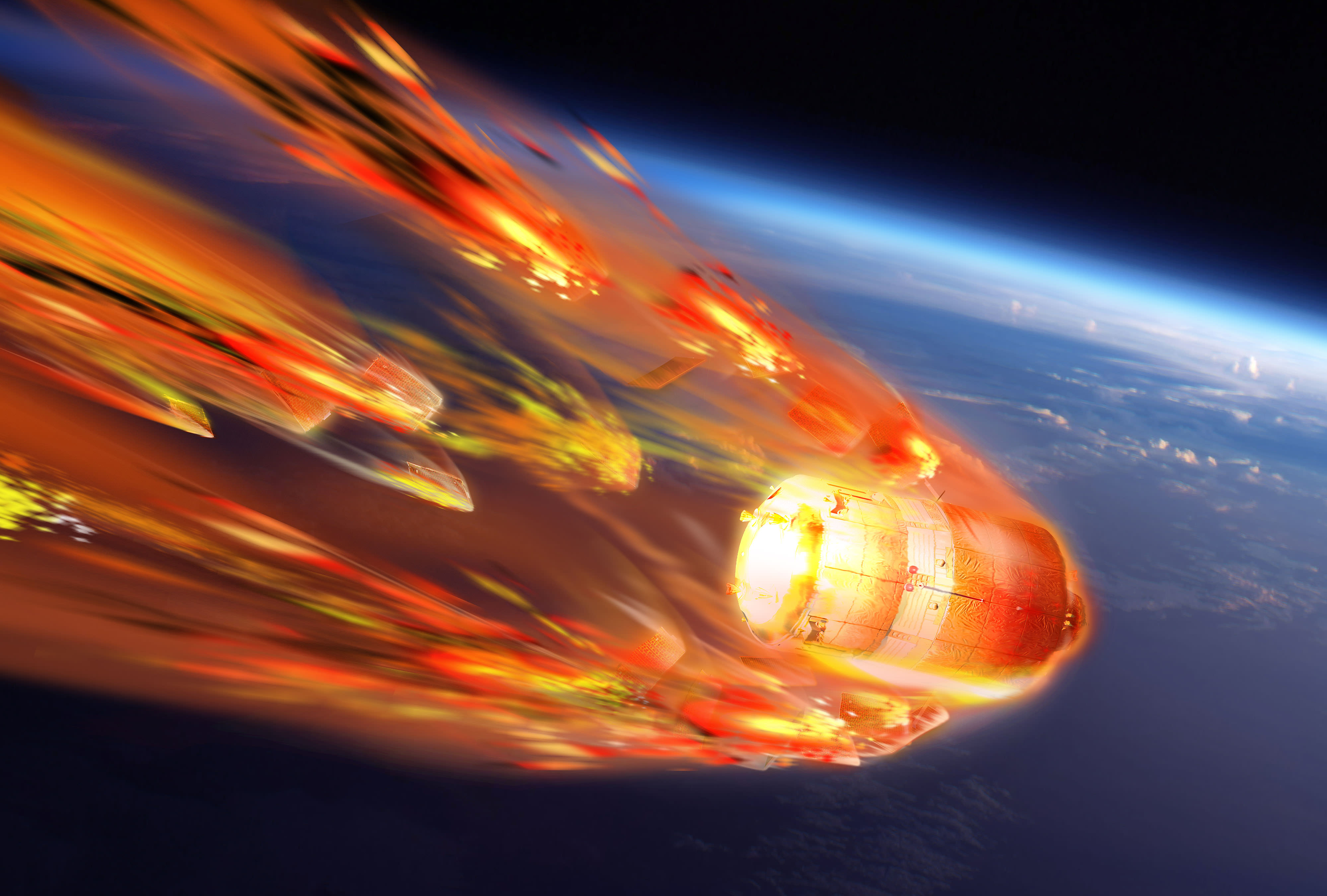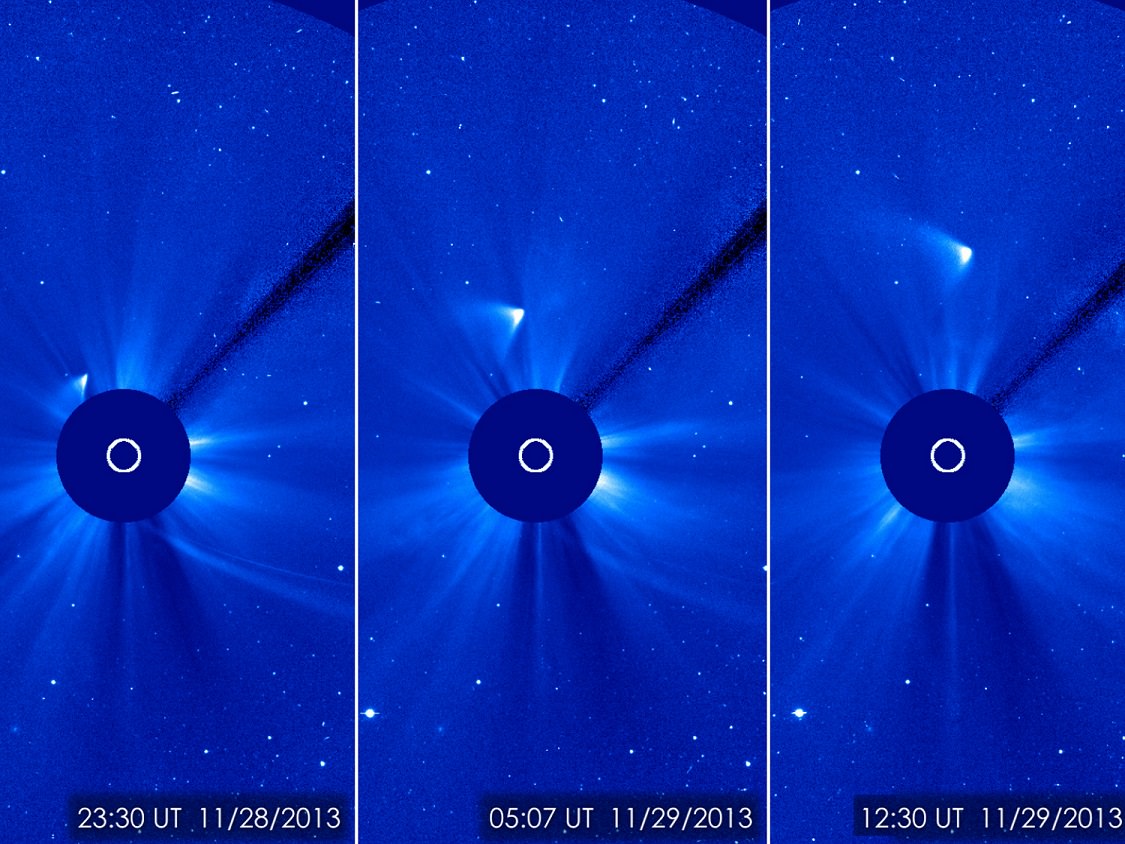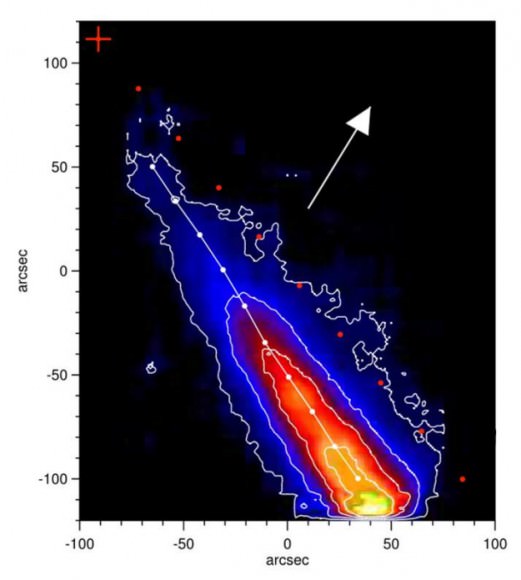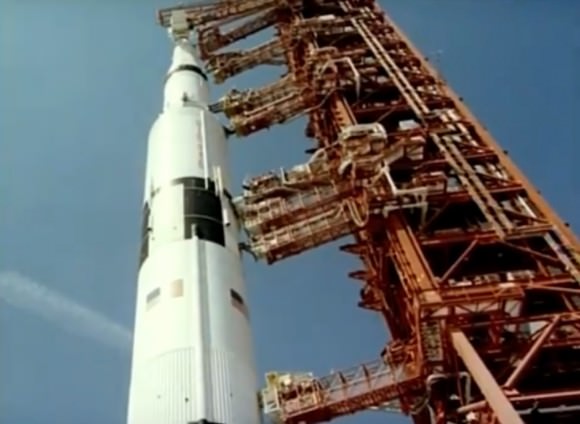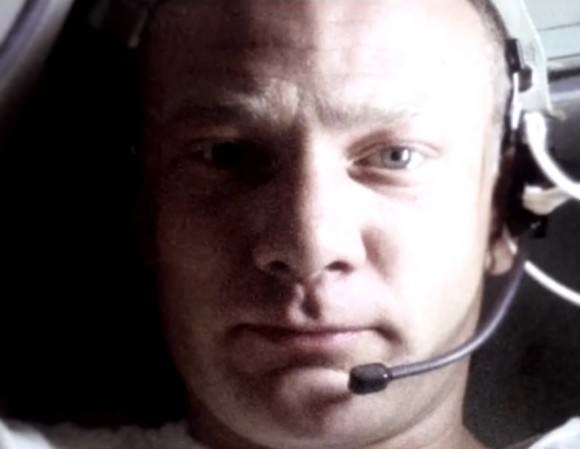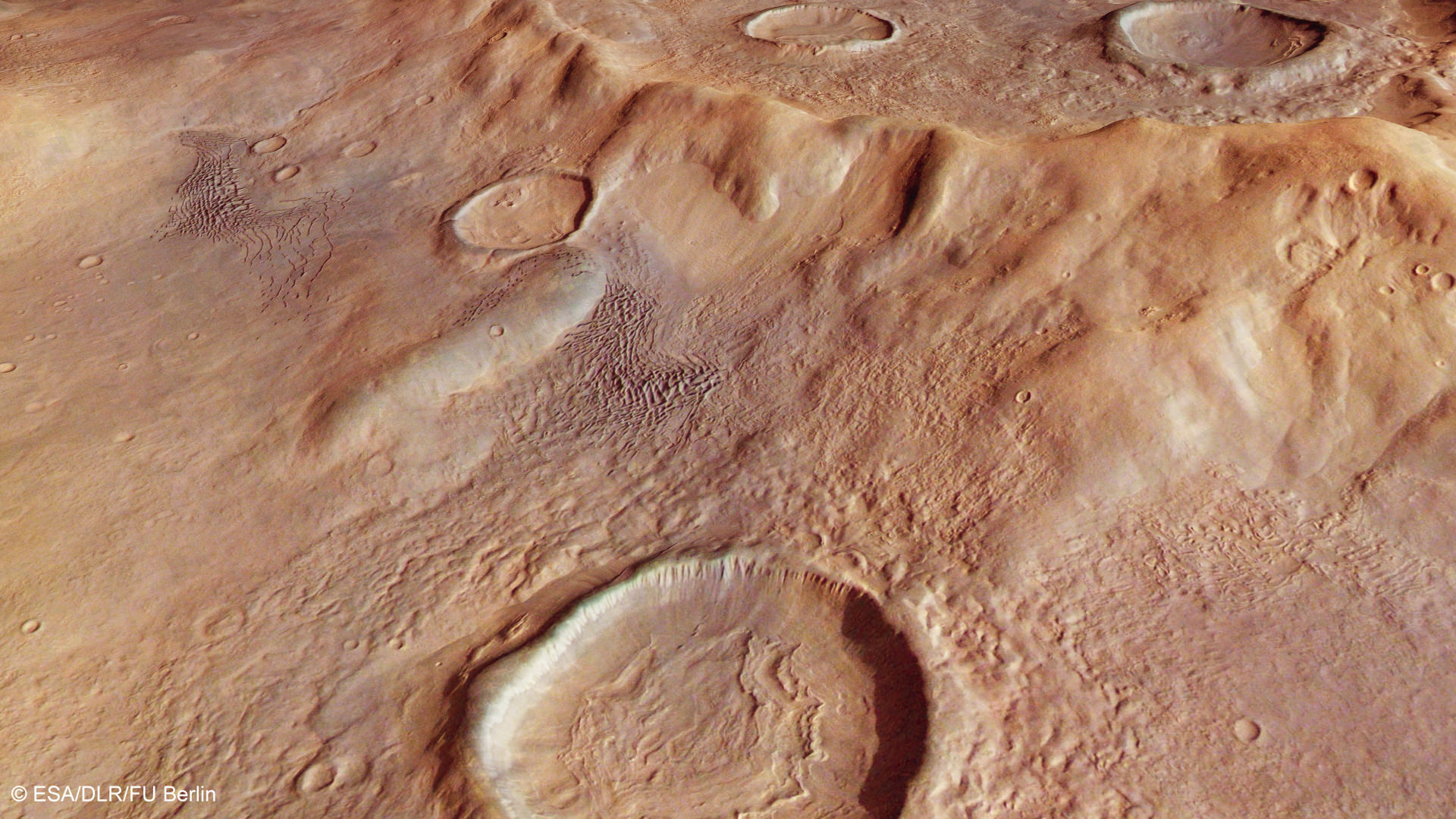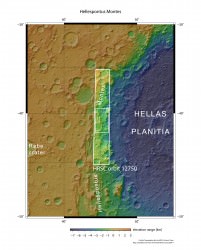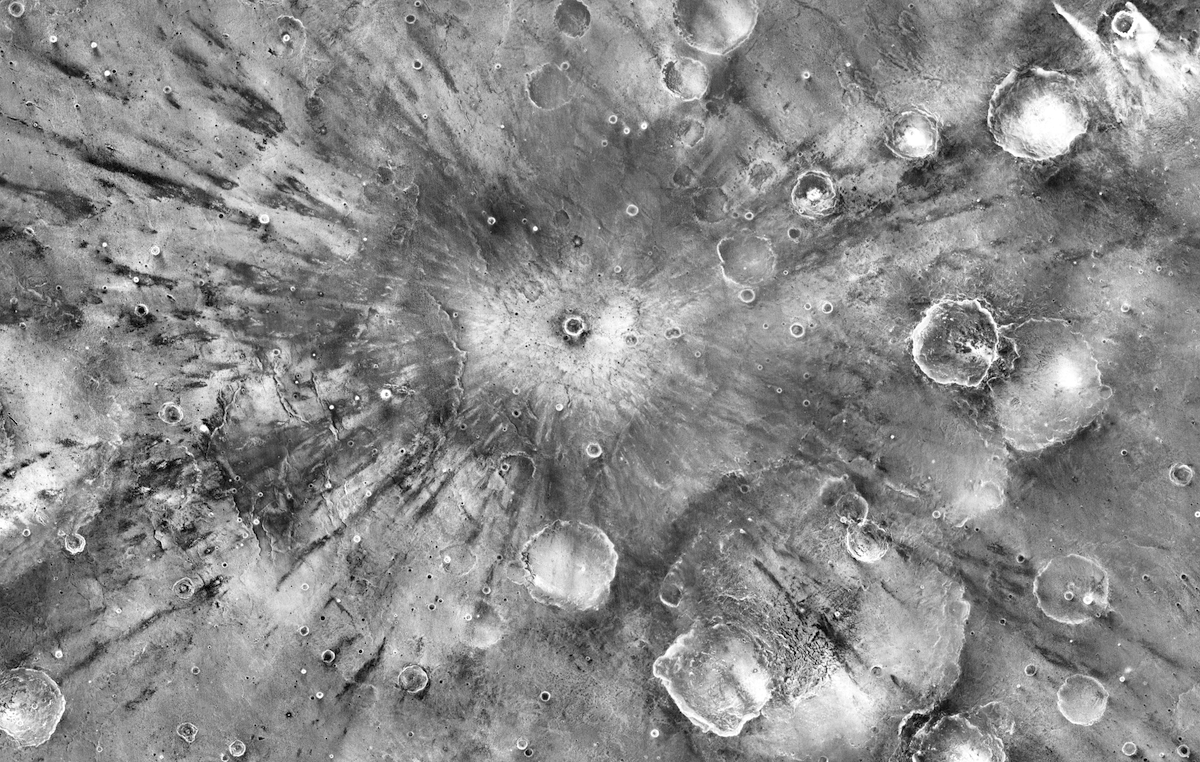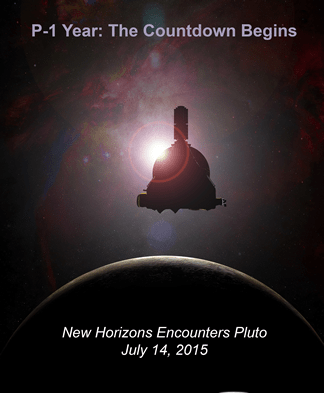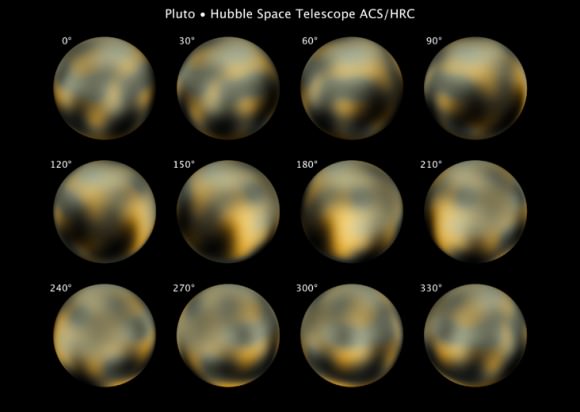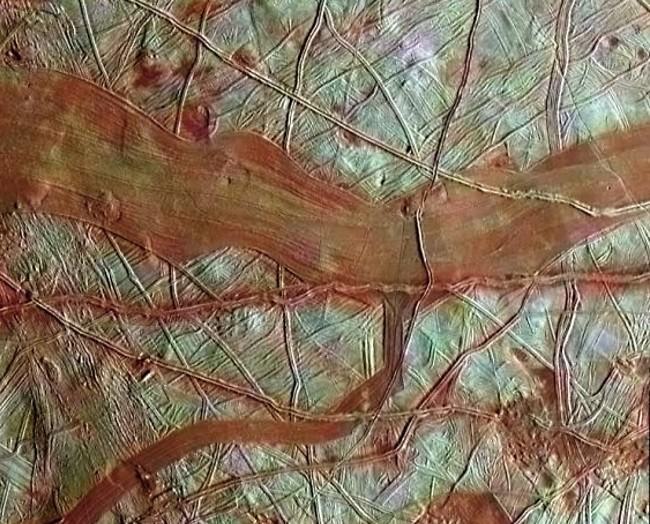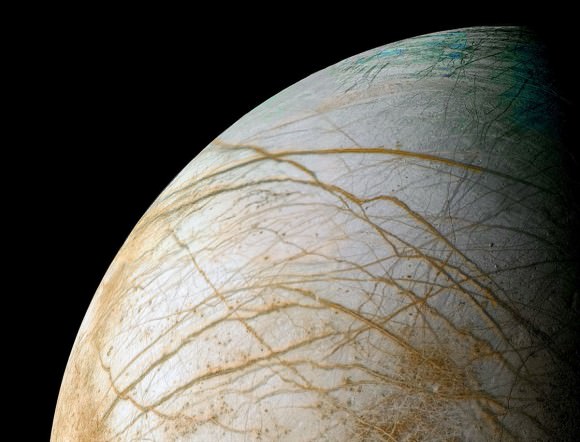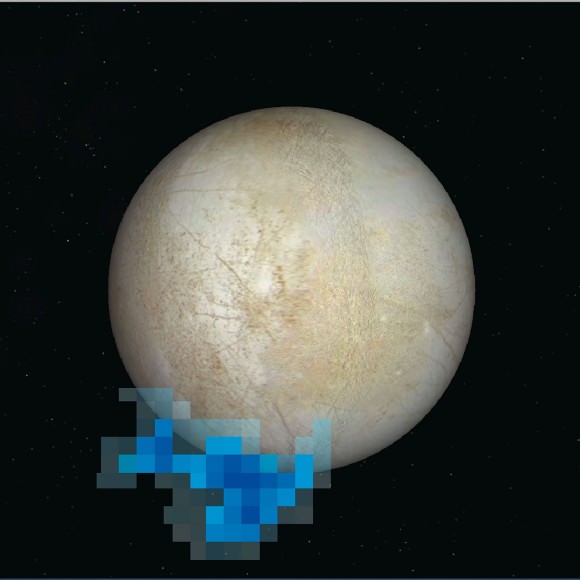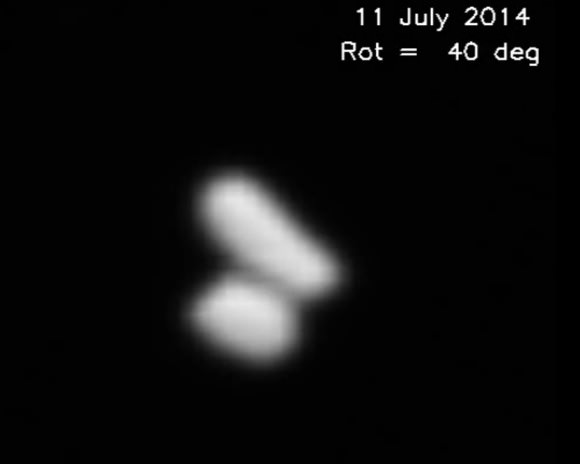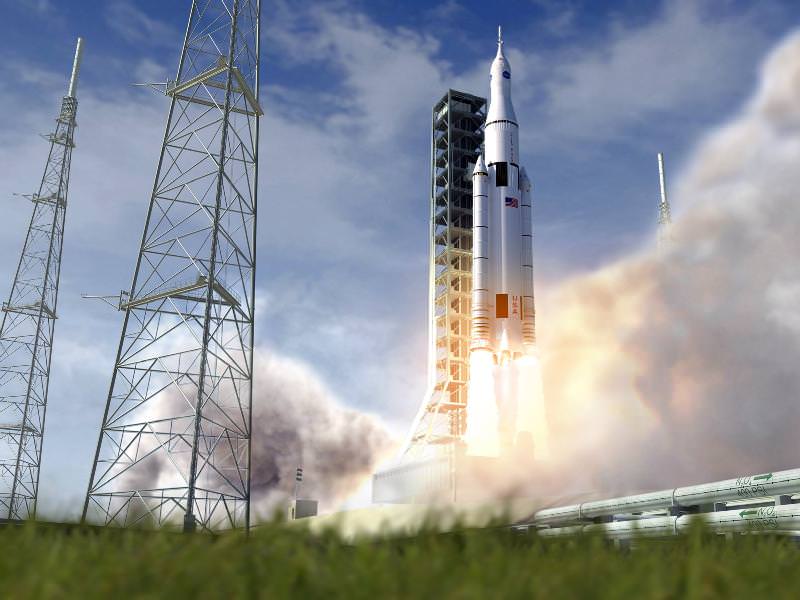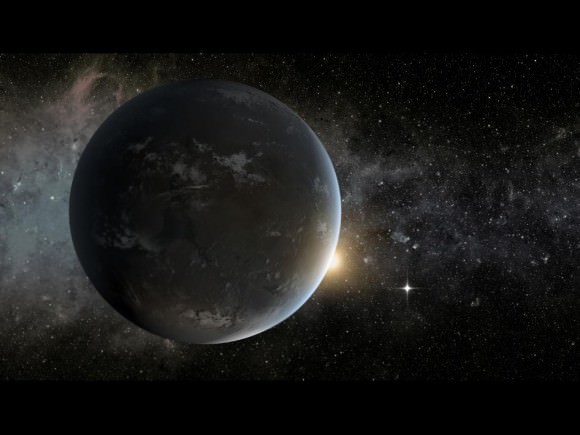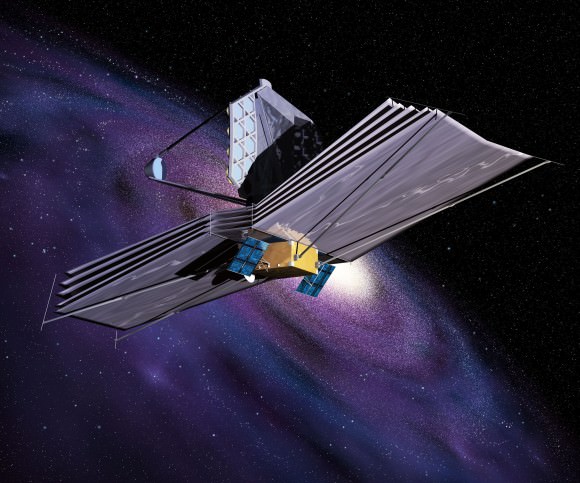It’s sad to think about, but there will be a day sometime when the International Space Station makes its final journey — a destructive re-entry into Earth’s atmosphere. Historically, it’s been hard to break up large pieces of space hardware safely. Pieces of the Skylab space station famously rained down in Australia, while Mir’s demise triggered warnings across its re-entry path.
The European Space Agency sees an opportunity to gather more information for this future use: closely watching what happens when the final Automated Transfer Vehicle (ATV), Georges Lemaître, goes to the International Space Station and has its planned breakup in the atmosphere following the shipment.
They plan to record its last moments using a heat-seeking camera on the inside of the spacecraft. This sort of thing has been done before with NASA and the Japanese Aerospace Exploration Agency, but this will be a first for ESA.
“The data should also hold broader value,” stated Neil Murray, who is leading the project at the European Space Agency (ESA).
“The project is proceeding under our ‘Design for Demise’ effort to design space hardware in such a way that it is less likely to survive reentry and potentially endanger the public. Design for Demise in turn is part of the agency’s clean space initiative, seeking to render the space industry more environmentally friendly in space as well as on Earth.”
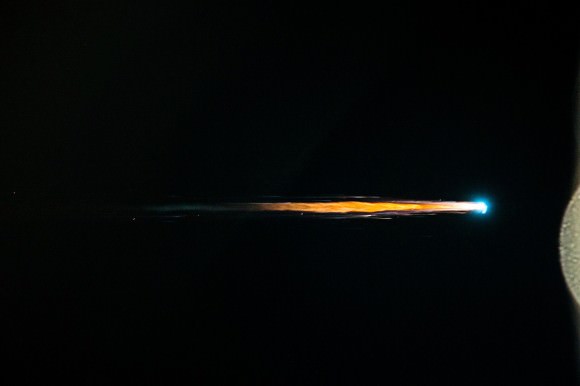
The camera will ride inside, bolted to a rack, and transmit the last 20 seconds of its lifetime to a special Reentry Satcom capsule that is designed to survive the breakup. The data will in turn be sent to Earth using an Iridium satellite.
While the SatCom will be protected by a heatshield, the challenge will be transmitting the information through the plasma generated as it falls at 6 to 7 kilometers (3.7 to 4.3 miles) a second. The breakup will happen at 80 kilometers (50 miles) and the plasma will be there until below an altitude of about 40 kilometers (25 miles), ESA stated.
“The fall will generate high-temperature plasma around it, but signals from its omnidirectional antenna should be able to make it through any gap in the plasma to the rear,” the agency added.
Georges Lemaître is expected to launch later this month and last six months in space before re-entry.
Source: European Space Agency

